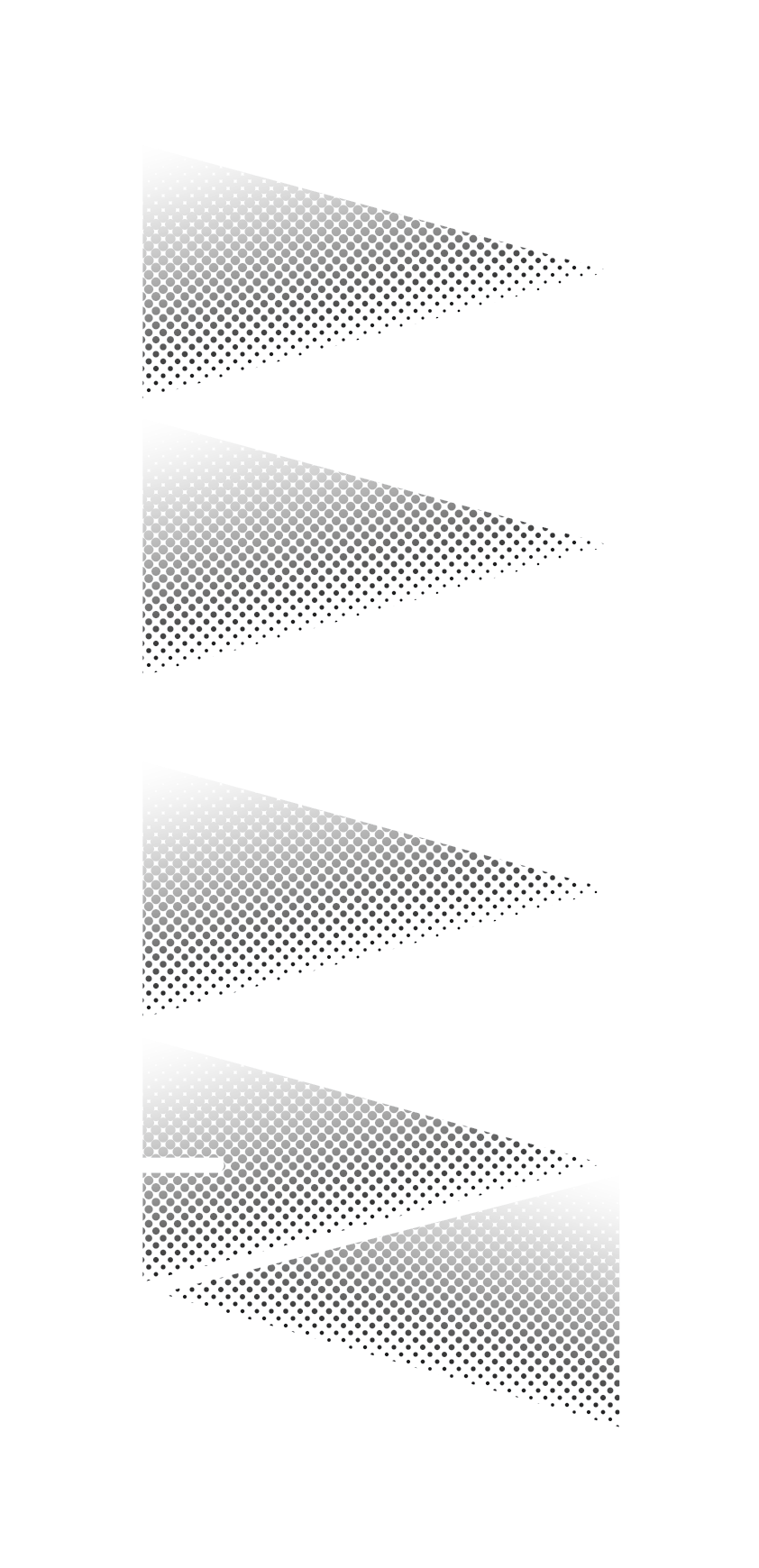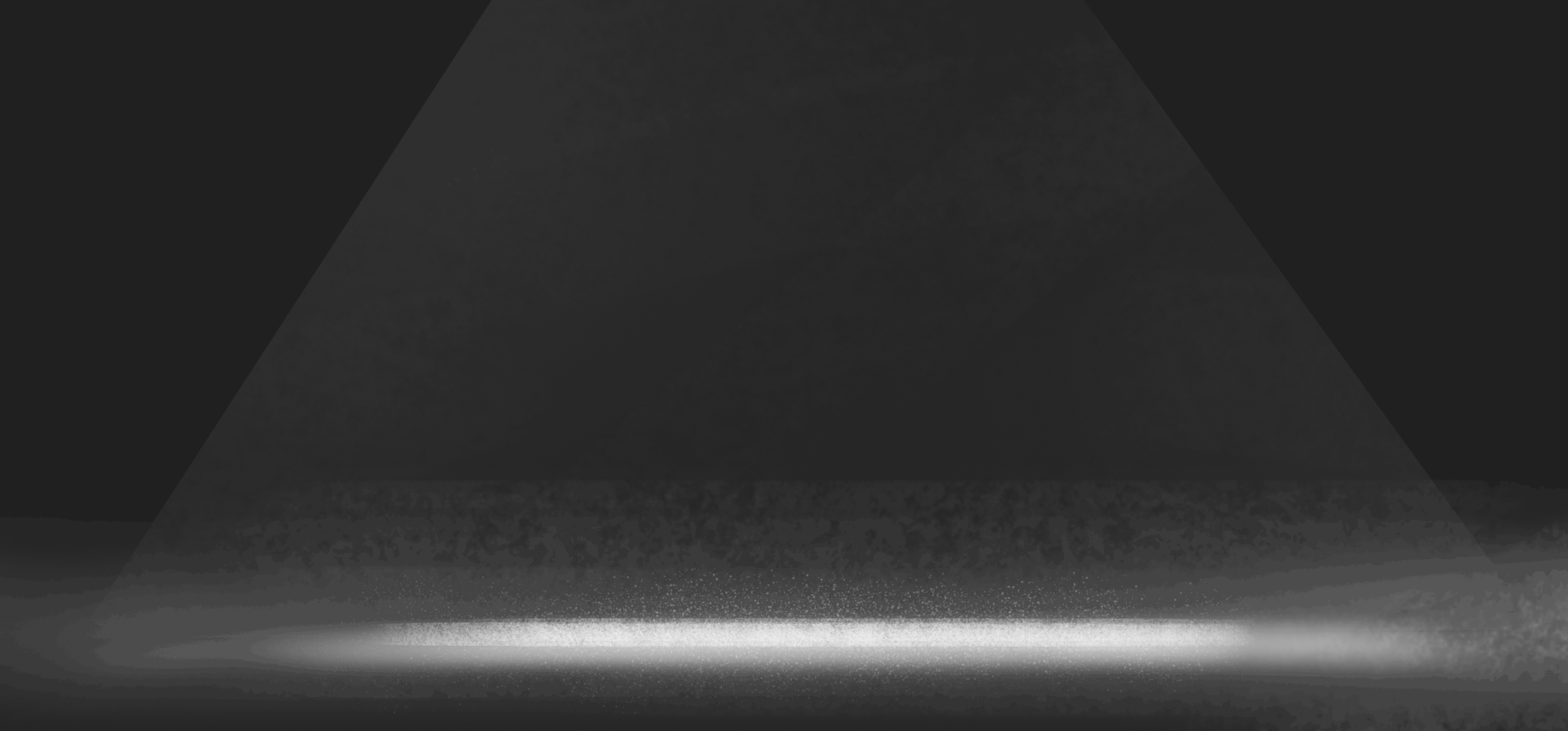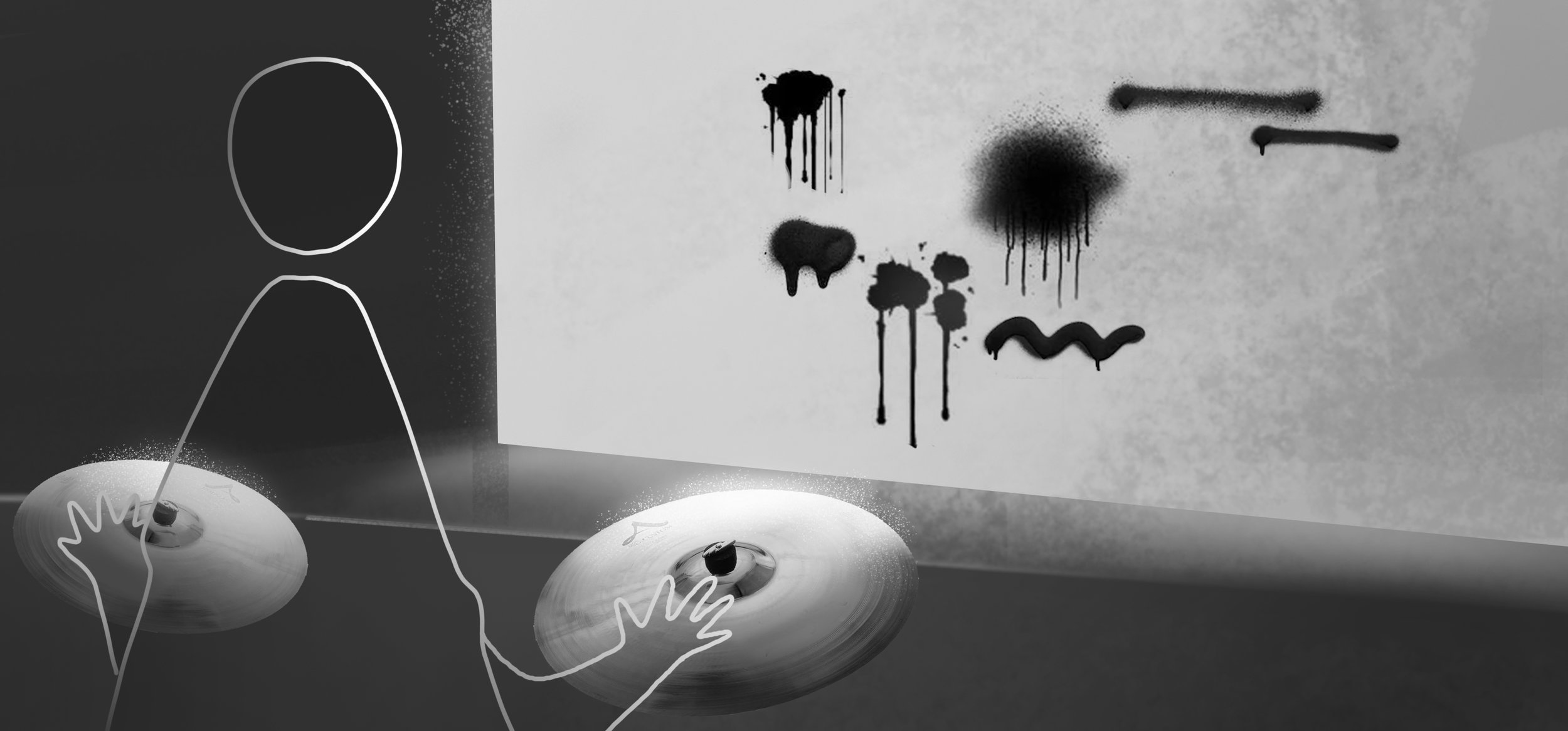A Vision for an Inclusive art piece
Personal Art project - 2018
Physical Musicality is an immersive experience aim to delve to expand the boundaries beyond the hearing (beyond sound), to approach the power of other senses such as touch and sight. The result is materiality that mutates, moves, transform, flows to convey the nature of sound.
The vision is inspired and supported by how profoundly deaf people experience and feel music. The primary goal of this project is to create a fully inclusive experience, that not only responds to the needs of the hearing impaired, but also creates an opportunity to change perceptions and preconceptions on how music is perceived in the hearing world too (from hearing music to feeling music).
There is something special about being able to extract an art form from its context and explore it from the view of other mediums. Great exploratory work of making ‘Graphic Scores’ by composers such as John Cage, Karlheinz Stockhausen, Sylvano Bussotti. Finding ways to go against traditional music notations, and to allow a different way of freedom in music.
Specific design values are the direct consequence of the learnings from the research phase. I had the incredible privilege of collaborating with Rachel Kolb, gaining invaluable insights into her remarkable journey of navigating the challenges associated with enjoying music. From all these tools, 10 design insights were filtered, which are divided into 5 buckets: Deafness and Technology, Deafness, Music and Sound Perception, ASL (American Sign Language) and Music Re-Interpretation, Deafness, sound and society, Inclusive Design and Sound Art.
The research work has been developed in the domain of Music and Inclusion and it is reflected in solutions that demonstrate the relationship between technology, materiality, movement, sound, hacking systems and algorithmic design. The production of various relevant hypothesis for the project were reasoned by the concept of: The contradiction of opportunities and is based on the principle of the search for conditions and activities that seen from a superficial angle can be contradictory (and often absurd); this contradictory relationship can lead to interesting design opportunities. Viewed from the realm of Inclusive Design, the preliminary phase of the research process was based on the posing of questions that promote contradictions, for example: Can a profoundly deaf person participate in a classical music concert? Is this space inclusive and adequate to create an immersive and satisfying experience? What type of emotions do they feel? Can this new perspective open up opportunities for Empathy? Each of these questions promote an intriguing an interesting design exploration.














